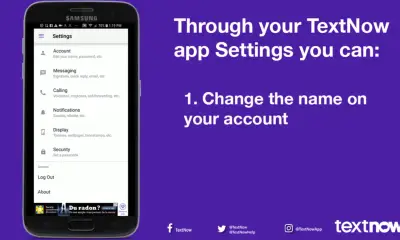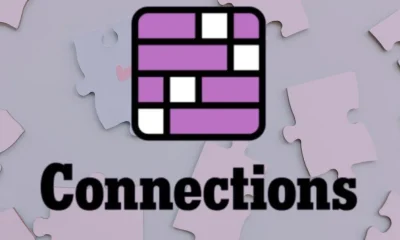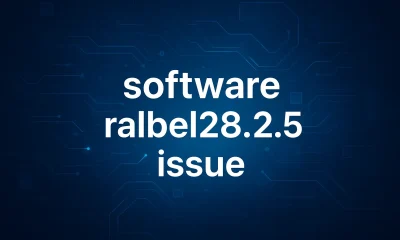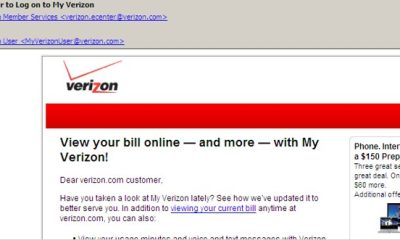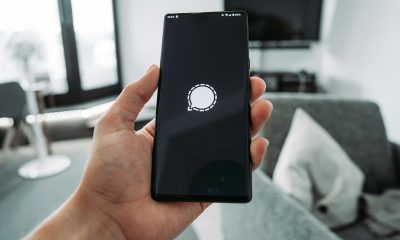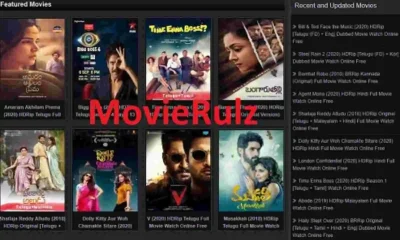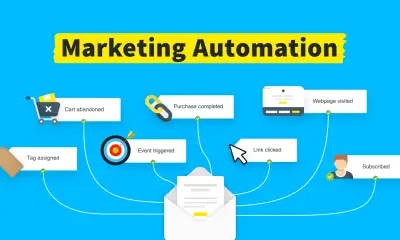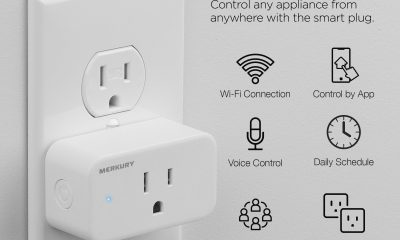Guides
Open a HighRiskPay High-Risk Merchant Account: Step-by-Step

Introduction
If your business operates in a high-risk vertical — think CBD, vape, adult services, subscription gaming, travel, or a startup with limited processing history — getting a reliable payments partner is mission-critical. Mainstream processors often decline or restrict these merchants, leaving you vulnerable to cashflow interruptions or punitive contract terms. HighRiskPay positions itself as a specialist that places high-risk merchant accounts with acquiring banks and provides the gateway, fraud controls and chargeback tools these businesses need. This article explains, in plain language, exactly how to apply for a high-risk merchant account at HighRiskPay:
what they’ll ask for, how underwriting evaluates your application, typical fees and reserves you should expect, and practical steps you can take to increase approval odds and lower long-term costs. Read this as a checklist and negotiation guide so you arrive prepared, keep surprises to a minimum, and start processing payments with confidence.
What is a high-risk merchant account?
A high-risk merchant account is a payment processing relationship tailored for businesses that carry elevated risk of chargebacks, fraud, regulatory scrutiny or legal restrictions. Compared to standard merchant accounts, high-risk accounts commonly include higher per-transaction fees, more rigorous underwriting, and reserve requirements (either rolling or fixed). Processors offering these accounts typically provide enhanced fraud screening, chargeback mitigation services, and onboarding support for verticals mainstream banks avoid. Knowing the distinct terms and protections associated with high-risk accounts helps you choose a partner that balances acceptance with workable economics.
Why choose a specialist like HighRiskPay?
Specialist providers focus on placing high-risk merchants with acquiring banks willing to accept elevated exposure. They understand the nuances of problematic verticals and can often negotiate more favorable reserve structures, quicker placements, and smoother technical integrations than a generalist processor. A specialist will also help you prepare the right documentation, describe your sales flow accurately to underwriters, and put fraud controls in place that reduce chargebacks and long-term costs. If you’ve been declined elsewhere or foresee chargeback pressure, a specialist can be the pragmatic route to staying online.
Step-by-step: How to apply at HighRiskPay
-
Pre-work: classify your vertical and map your sales flow.
Before you apply, be crystal clear about what you sell, how transactions occur (card-present vs. card-not-present, subscription vs. one-time sale), your refund policy, and any third-party platforms involved. Underwriters care about the details. -
Gather documentation.
Assemble business registration, owner IDs, bank statements, prior merchant statements (if any), and compliance paperwork. Clean, consistent documentation speeds approval. -
Start the intake/application.
Complete the application with accurate contact information, expected monthly volume, average ticket size, and a succinct product/service description. Honesty about your vertical and projected chargeback controls is essential. -
Submit documents and sales flow evidence.
Provide screenshots of checkout pages, terms of service, sample invoices, product photos (if relevant), and any licenses or certifications tied to your product. -
Underwriting and negotiation.
Underwriters review materials for fraud indicators, regulatory compliance and chargeback risk. Expect questions and be ready to propose realistic monthly volume forecasts. Negotiation centers on fees, reserve type and size, and rolling vs. fixed reserve schedules. -
Technical integration and testing.
Once terms are accepted, you’ll receive gateway credentials and integration instructions. Run sandbox tests, verify settlement schedules, and enable fraud tools. -
Go live and actively monitor.
Start processing, but monitor chargeback rates, refund patterns, and customer disputes. Use provided dashboards and fraud tools aggressively to keep your account in good standing.
Documents you must have ready
-
Government-issued photo ID for each owner/principal.
-
Business formation documents: articles of incorporation, DBA, or partnership agreement.
-
Voided check or bank letter proving account ownership.
-
3–12 months of business (or personal, if new) bank statements.
-
Prior merchant statements (if you previously processed payments).
-
Detailed refund and dispute handling policy.
-
Sales flow evidence: checkout screenshots, invoices, subscription flow, sample receipts.
-
Product compliance documentation for regulated goods (licenses, lab reports, age verification processes).
Present documents clearly (PDFs named logically) and make sure names and addresses match across all paperwork.
What underwriters evaluate
Underwriters focus on several key dimensions:
-
Legitimacy and compliance: Are your licenses, registrations and product claims verifiable?
-
Sales flow clarity: Can customers understand what they bought and how they will be billed? Confusing descriptors raise disputes.
-
Chargeback history and risk controls: Do you use AVS/CVV, fraud screening, and proactive dispute handling?
-
Financials and volume forecast realism: Underwriters want conservative, realistic numbers; overly aggressive projections invite higher reserves.
-
Vertical-specific sensitivity: Some industries (e.g., CBD, adult, gambling) face stricter scrutiny; expect additional documentation.
Typical timeline to approval
If your documentation is complete and your vertical is supported, initial decisions can come within a few business days. More complex placements or verticals requiring bank placement may take 1–3 weeks. Delays are most often caused by incomplete documents, mismatched names/addresses, or ambiguous sales flows that trigger more questions.
Pricing, reserves and contract terms — what to watch for
-
Processing fees: High-risk accounts typically feature higher percentage fees and per-transaction charges. Ask for a full written fee schedule—transaction fees, monthly fees, gateway fees, and any penalties.
-
Reserve structure: A rolling reserve holds a percentage of settlements for a period (releasing funds gradually). A fixed reserve holds a lump sum for a set term. Clarify release timelines and calculation methods.
-
Chargeback fees and thresholds: Learn what fee applies per chargeback and at what rate or threshold the processor intervenes.
-
Early termination and minimum terms: Check for early termination fees (ETFs) and whether contracts are month-to-month or multi-year.
-
Hidden costs: Watch for chargeback representment fees, compliance remediation charges, or gateway integration costs.
Negotiate for transparency: everything that affects cashflow should be in writing.
Building credibility to lower costs
Processors reward predictable, compliant merchants. To improve terms:
-
Implement strong fraud controls (AVS, CVV checks, device fingerprinting where possible).
-
Use clear billing descriptors and descriptive receipts so customers recognize charges.
-
Maintain prompt, documented customer service with clear refund windows.
-
Keep chargeback rates low — aim well under industry thresholds.
-
Provide realistic volume forecasts and avoid sudden spikes without prior notice.
These actions reduce perceived risk and can lower reserve percentages and fees over time.
Integration, fraud tools and operational best practices
-
Choose the right integration: Hosted checkout reduces PCI scope; API integrations offer more control but need stronger security.
-
Tokenize cards for subscriptions: Reduces friction and improves PCI posture.
-
Monitor disputes and refunds: Quick resolution prevents chargebacks. Keep logs of refund attempts and customer communications.
-
Reconciliation and reporting: Regularly reconcile settlements with bank deposits and merchant statements to catch anomalies early.
-
PCI compliance: Even if using a hosted gateway, follow PCI guidance to protect card data and avoid fines.
Reputation and trust signals — what to verify
When evaluating any processor, look for consistent business identifiers, clear contractual language, and dependable support channels. Ask for references or case studies in your industry and confirm onboarding responsiveness. A reliable provider will be upfront about reserves, termination terms, and compliance responsibilities.
Practical negotiation checklist
-
Get a written fee schedule and reserve release schedule.
-
Ask if reserves are rolling or fixed and request sample math showing how reserves would be calculated.
-
Confirm chargeback handling practices and associated fees.
-
Verify settlement timing (same day, next day, T+2 etc.).
-
Ask whether your vertical requires additional compliance steps and who bears the cost.
-
Request a contact for underwriting questions and an escalation path for disputes.
FAQs
-
How do I apply for a high-risk merchant account at HighRiskPay?
Start by preparing your documentation (IDs, business registration, bank statements, refund policy), then complete the provider’s intake form with accurate volume and product descriptions. Submit sales flow screenshots and compliance paperwork. Underwriting will review, propose terms (fees, reserves), and, if agreed, provide gateway credentials for integration and testing. -
What documents does HighRiskPay require for underwriting?
Expect government IDs for owners, formation documents (articles of incorporation or DBA), a voided check or bank letter, recent bank statements, any prior merchant statements, and proof of product compliance (licenses or certifications for regulated goods). Clear, consistent documents reduce processing time. -
How long does approval usually take for high-risk accounts?
With complete documentation, approvals may come within a few business days; complex cases or verticals needing bank placement can take one to three weeks. The biggest delays stem from missing or mismatched documents and unclear sales flows. -
Can new businesses or merchants with bad credit get approved?
Yes—specialist high-risk providers often accept new businesses and merchants with poor credit, but expect higher fees or reserve requirements until you build processing history and demonstrate low chargeback rates. -
What fees and reserves should I prepare for?
High-risk merchants typically pay higher transaction rates and may face monthly fees. Reserves (rolling or fixed) are common—a percentage of settlements held as protection. Always demand a written schedule showing fee calculations and reserve release timelines before signing.
Read More: Internet Chicks: Meaning, Rise, and How to Be One
Conclusion
Applying for a high-risk merchant account demands preparation, transparency, and realistic expectations. High-risk processors exist to bridge the gap between specialized merchants and acquiring banks, but that access comes with tighter underwriting, reserve mechanics, and higher fees. If you plan to apply with HighRiskPay or any specialist, assemble clean, consistent documentation; describe your sales flow honestly; and implement fraud prevention and customer service processes designed to minimize disputes.
Negotiate for clear, written fee and reserve schedules, and start conservatively—then demonstrate responsible processing to earn better terms. Ultimately, the right partner won’t simply approve you; they’ll help you operate within sustainable limits so your account remains healthy and your business can scale. Prepare thoroughly, ask for transparent terms, and treat onboarding as the first step in an ongoing risk-management partnership.
-

 Gadgets2 years ago
Gadgets2 years agoDoes Nest Thermostats Contain Cameras Or Microphones? Is It Safe For you?
-

 Guides1 year ago
Guides1 year ago10 Best Apps To Control All Your Smart Home Devices.
-

 Gadgets2 years ago
Gadgets2 years agoWhat Is The Purpose Of Red Button On The SimpliSafe Keypad?
-
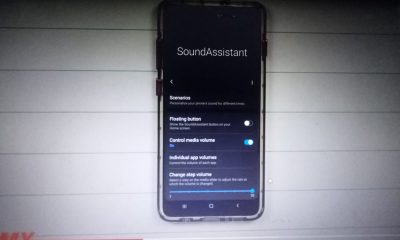
 Gadgets2 years ago
Gadgets2 years agoComplete Guide About Equalizer settings for Samsung-Soundbar
-

 Accessories2 years ago
Accessories2 years agoBlink Camera’s Temperature Sensor Settings, and More
-

 Solutions3 years ago
Solutions3 years agoWhy is My Samsung TV Picture So Dark? Exploring the Possible Causes
-

 Gadgets3 years ago
Gadgets3 years agoFitbit Symbols Meaning: What Do The Fitbit Icons Mean?
-

 Accessories2 years ago
Accessories2 years agoCan Siri Control Samsung Televisions And Are Samsung TVs Homekit Compliant?
















